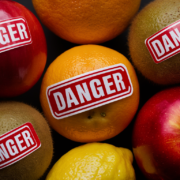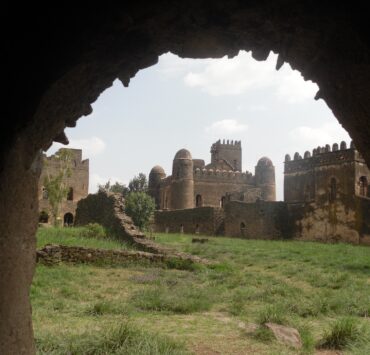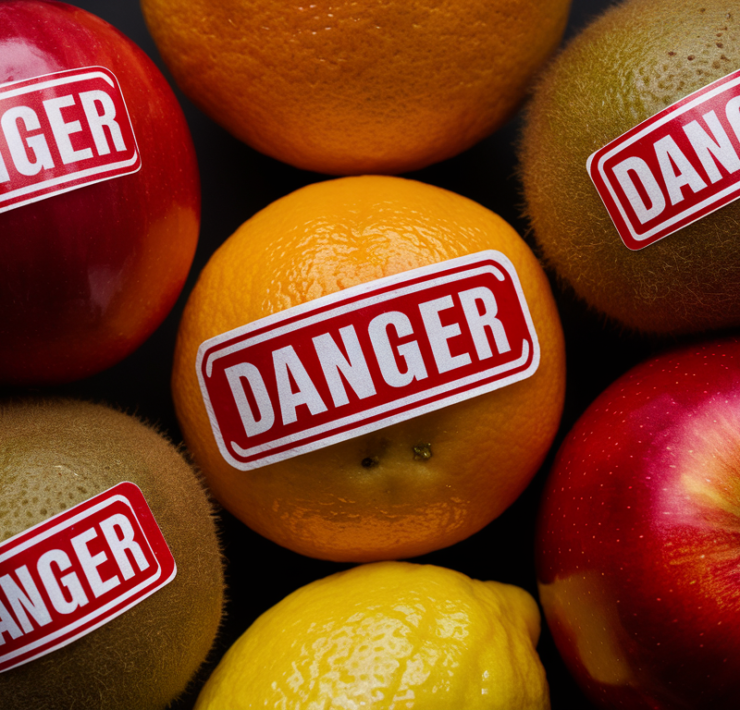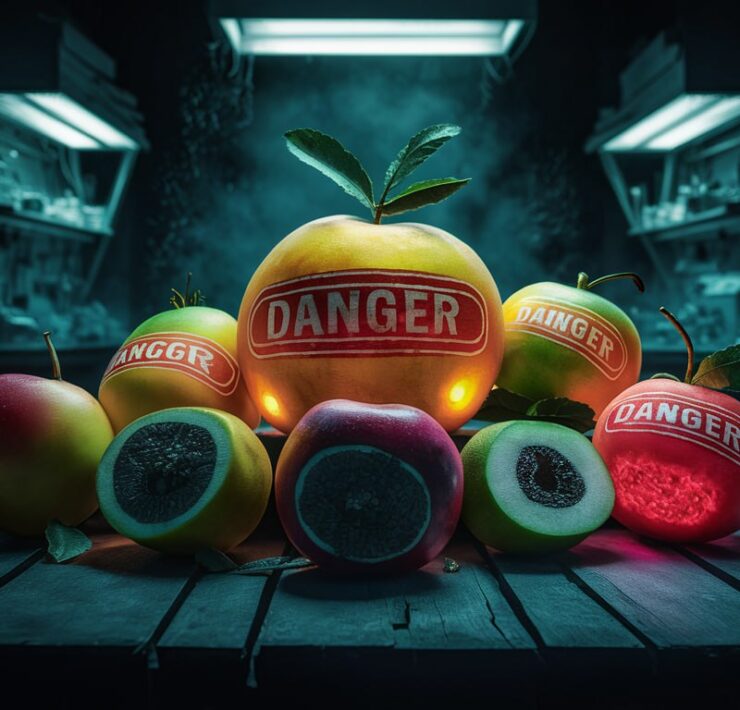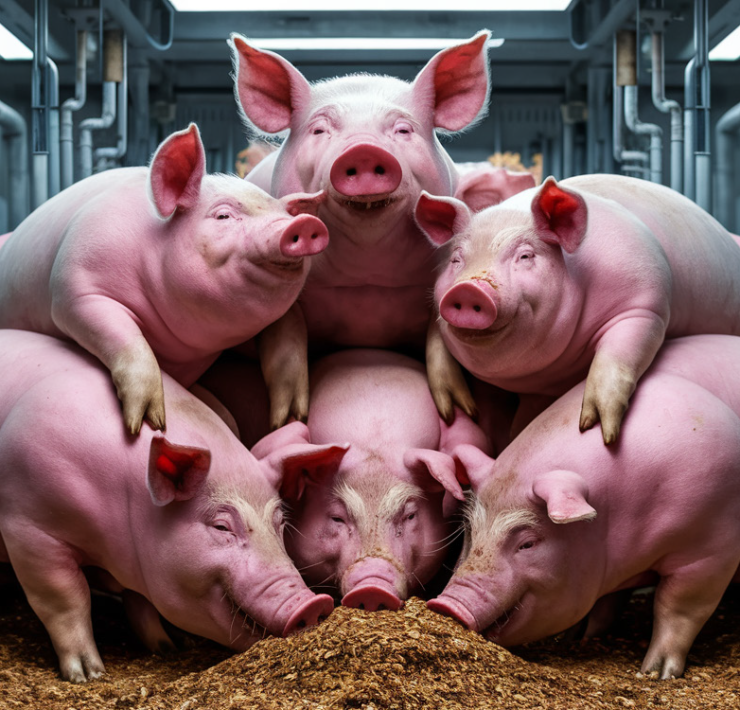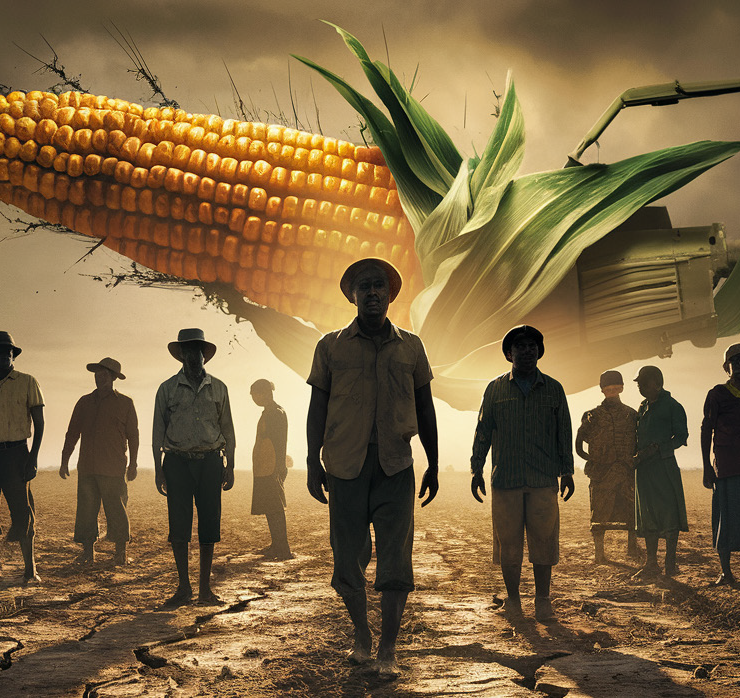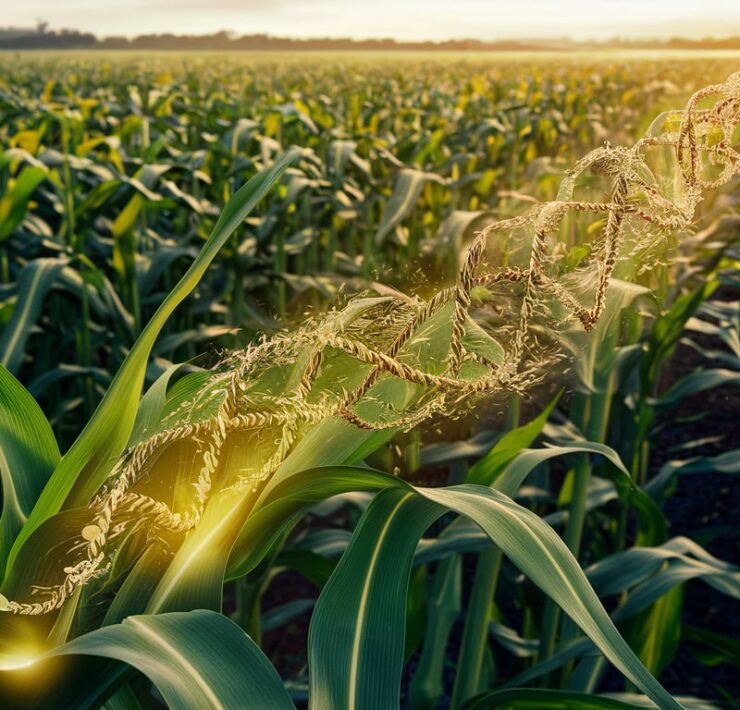DNA, THE LANGUAGE OF LIFE
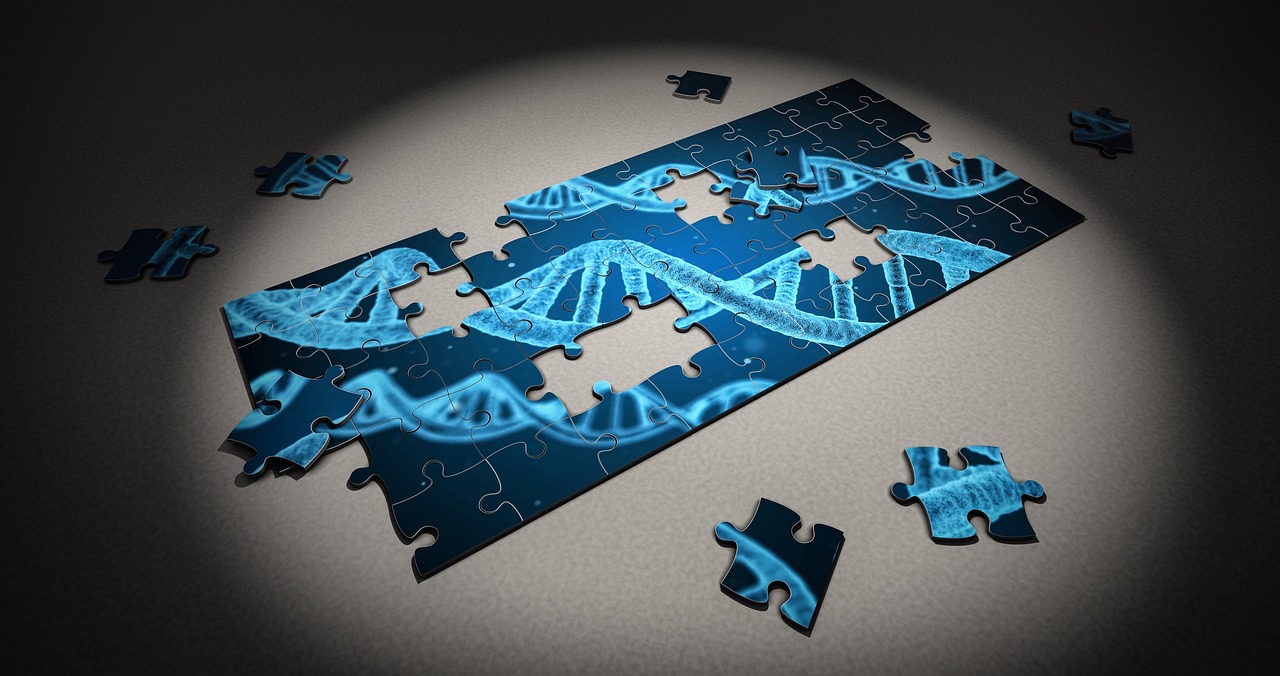
Dr. Cecilia Waruhiu is a director at The Africa Genomics…
The Operation Manual for how your Body functions
Today, many of us will use the phrase “It’s in my DNA” to mean ”this is how I am built” or “this is natural for me”. I wonder if we really understand what we are saying. Well, on the surface one can imagine that we have the basic idea that DNA is the stuff we are made of, apart from the cells, the blood and all those other things the doctor will know we have. What is DNA really?
In the wake of all the talk on GMO (Genetically modified Organisms), having a conversation about DNA just seems like the right thing to do. How is DNA related to GMO? You may ask, well let me tell you, It is, and I will tell you how shortly.
To begin with, DNA is an acronym for ‘Deoxyribonucleic Acid’. Quite a tongue twister but not lacking in meaning. The name is coined from its chemical composition; just as water is H2O (due to its composition). While we are on this subject take note, there is another similar material known as RNA (Ribonucleic Acid). This is the less known relative of DNA but not less important. We all have RNA, even though you may never hear anyone say “It’s in my RNA” although we probably should.
Ok, let’s try to break down DNA without losing anyone.
First of all; it’s made up of chemical substances linked together in a chain. DNA will be made of two long chains/strands (of the chemicals) twisted together to look like a ladder; while RNA is usually made of one chain.
The chemical substances are phosphates, sugars and bases (nitrogen based). The sugars and phosphates make up the side rail of the ladder (or strand) while the bases make up the rungs (the steps). These bases are usually referred to as T, A, G & C (short for Thymine Adenine, Guanine & Cytosine).
RNA has the same 4 bases except that the T is replaced by a U (Uracil), a very similar compound with only one change, a single chemical modification. The steps in the DNA ladder occur in that way because the four bases (TAGC) exist in an interesting pairing relationship. Whenever there are two chains (as in DNA) the A and T pair up to form a rung (step), while the C and G pair up to form another.
Here is the kicker! In all of nature (yes; all) only these 4 bases (TAGC) exist to form DNA in all organisms. In everything in nature that has DNA, only these 4 bases exist to form the steps of the ladder! I wonder if that blows your mind! If it doesn’t, let’s throw a spanner into the works; Everything that has life has DNA! Yes, and the same 4 bases make up all DNA! Is it a stretch therefore to say that the language of life is DNA while the alphabet of life is TAGC (and of course U as an extra letter, because it matters)?
One question that arises though is why everything that has life has DNA. For what purpose? The T(U)AGC alphabet is the language behind the code of life. The short answer is that in a way we can say that DNA is the body’s operational manual as it carries the instructions of how to run the body.
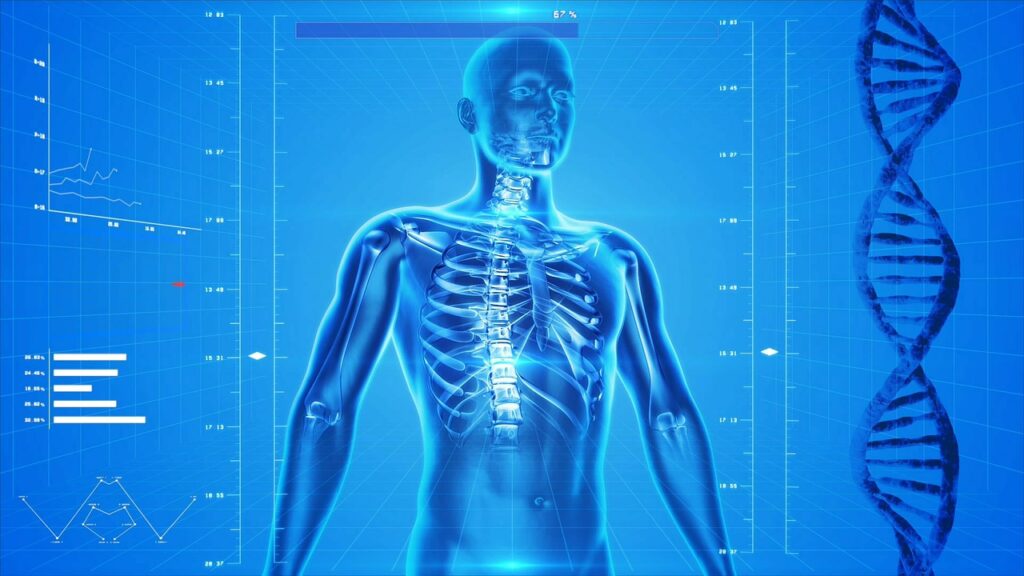
If you are a computer programmer, think about it as a coding language (maybe python, perl or your favourite) that you will use to create software. The order in which the T(U), A, C and G are written is read and translated to information. To use an example that’s closer home; This article is written in English using a 26-letter alphabet. When we read the words as they are arranged, they carry meaning to us. The same 26 letters are used to create many different words and phrases with several different meanings depending on the arrangement of the letters or words. DNA (which is the script written to define how we function) also gets translated in the body and the message carried (in the arrangement of the TAGCs) defines the resulting translation and then function. It is usually quite true then when we say “It’s in my DNA”! Our script (DNA) codes for pretty much how our systems function. This is true for all organisms. Any errors in the code can result in diseases (such as genetic diseases). Cancer is a key example where some segments of the instruction manual has errors leading to disease.
To use a practical example: In each of our DNA codes/scripts (read human) we have a section that is written on how to make insulin (a hormone that is important in regulating sugar levels in the body). All of us have the code for insulin. When an error in the code occurs, it means there is a problem in the process of ‘insulin making’. The body might make too much or too little or even make insulin which is not Ok. This may lead to diabetes as the sugar regulation is not working correctly.
Fun fact: The human DNA script/manual (‘genome’ in science speak) has approximately 3,200,000,000 bases (TAGCs) for each person! That means You have a genome of ~3.2 billion letters. This is an incredible amount of genetic material and it carries a whole lot of information. To give you a mental picture of the amount of DNA in a person; If your DNA strands were laid out end to end (the whole 3.2 billion bases), it would go to the sun and back 600 times! To add to this, your whole genome (which is quite large) is found inside your cells. How it can fit all that in a cell that you cannot see without a microscope, is a story for another day. Clearly your genome is massive, this must be why you are complex.
Other organisms have DNA as well, and it directs how they function. Compared to humans, some organisms have smaller genomes while others have larger ones. Intriguingly, the largest known genome found yet belongs to a rare Japanese flower, 50 times bigger than the human genome!
If one thinks about it critically, if all of life is coded by the AT(U)CG alphabet, how is it that a dog is a dog and a banana is what it is? Here is why: it all lies in the script/code; the arrangement of the ATCG in each case is what matters. From ants, cockroaches, maize, sugarcane, James, Martha and you, DNA is the language that makes you how you are and the alphabet is AT(U)CG. The DNA code/script for maize can only produce maize. This code is passed on from generation to generation and that’s why maize begets maize. I haven’t heard of a case where maize has produced beans or mangoes. Every organism usually has a different genome size and a specific code that directs how it functions.
Now about GMO (Genetically Modified Organism). By now you understand that genetic material is the DNA (with its unique AT(U)CG alphabet and that the order of the letters of the alphabet determine what happens. Genetic Modification is a way of editing the script. Editing can mean a variety of things from modifying, deleting or adding. There are many reasons why humans/ scientists might want to do this.
For instance, theoretically if an error occurs in the instruction manual/code, editing it can correct the error (assuming we know what the correct one should read). Let’s look at the example of Sickle cell anaemia, a condition where a single change in the DNA code leads to production of red blood cells that are shaped like crescent moons/ sickles instead of being round. This change affects the red blood cells’ function in delivering oxygen around the body, leading to a variety of symptoms that can be quite severe in some cases. Now, since we know exactly which change in code causes the problem, if science had advanced sufficiently; one solution would be to go into the DNA and edit that error back to A (autocorrect in a way) to resolve it and fix the problem. However, there is still a lot of caution in attempting such cut and paste or delete and replace techniques to our genome as the human race.
On the other hand, Science has certainly advanced to the point of being able to delete (remove), add (insert), modify (change) parts of the DNA script to affect function. Making changes to the genome can do a variety of things in an organism including; change function, introduce new functions, remove existing functions among others. In genetically modified plants/animals, the techniques can be applied to introduce properties (coded in the DNA) that the plants/animal original code did not have. This results in what we call GMO plants.
Quite a bit of work goes into this. To provide a brief picture; scientists study different segments of DNA of plants and figure out which paragraph/ sentence/ word codes for which aspect. For example, which word codes for production of Vitamin A in plant 1. That specific word can then be copied and pasted into another plant that does not naturally have it in the script. This makes it begin to produce the Vitamin A. This is the simplest description of genetic modification I could put together. A lot goes into the process of copy and paste at the genetic level. There are quite a number of elements that must be perfected and checked. For instance, did the new inserted word go to the right paragraph? Is it making the expected vitamin A? Does it interfere with other parts of the code? to list but a few. Until all likely outcomes are checked, a modified organism cannot/ should not be considered as stable. This includes checking the effects of the modified organism to other organisms and environments it will interact with.
To summarise, DNA is the language of life with a nice short alphabet (AT(U)CG). Everything that has life, has DNA (or/and RNA) as the language that directs functioning. When you say “It’s in my DNA”, it is probably true for so many things going on in your life including health and disease states. In addition, whatever is in your DNA, 50% of it will be passed on to your children.
What's Your Reaction?
Dr. Cecilia Waruhiu is a director at The Africa Genomics Center and Consultancy, Kenya. She also serves as a consultant in genomics and molecular Biology at the Nextgen Molecular Lab Kenya. She is a genomics expert with a background in microbiology, biochemistry, molecular biology and genetics. Throughout her career, Dr. Cecilia has had a focus on understanding the occurrence of human diseases; including where they come from, how they infect us and cause disease as well as how we can limit their impact on our health and well-being.








